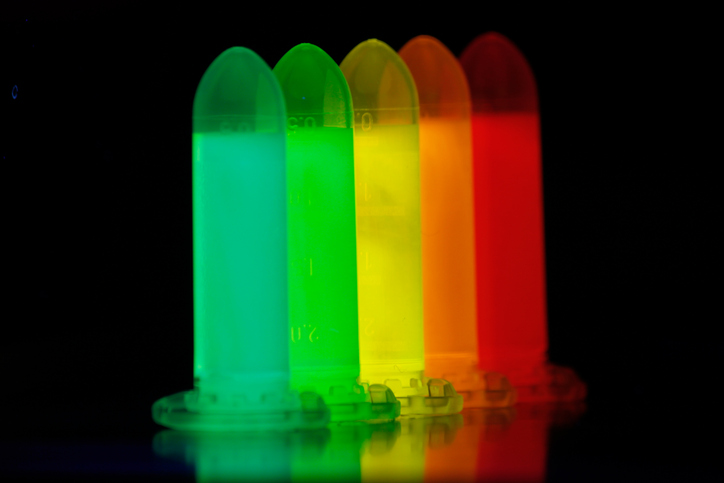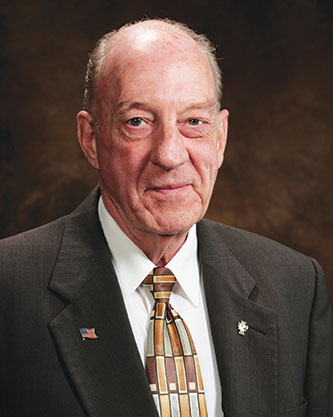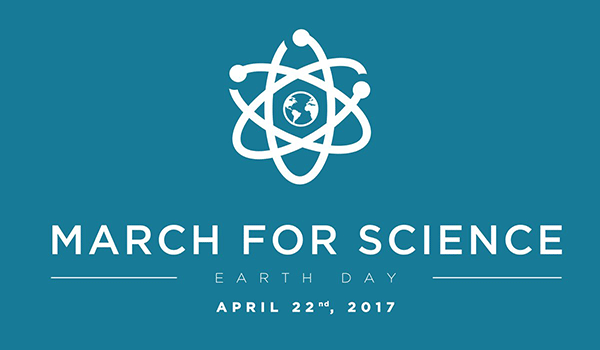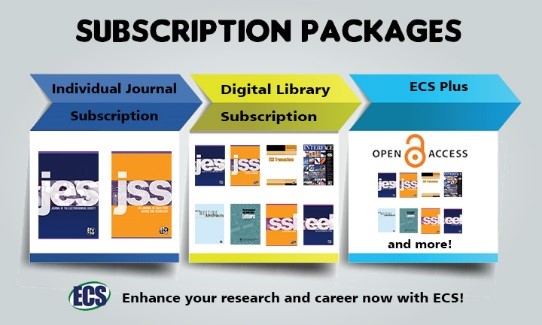 Access to adequate water and sanitation is a major obstacle that impacts nations across the globe. Currently 1 in 10 people – or 663 million – lack access to safe water. Due to the global water crisis, more than 1.5 billion people are affected by water-related diseases every year. However, many of those disease causing organisms could be removed from water with hydrogen peroxide, but production and distribution of hydrogen peroxide is a challenge in many parts of the world that struggle with this crisis.
Access to adequate water and sanitation is a major obstacle that impacts nations across the globe. Currently 1 in 10 people – or 663 million – lack access to safe water. Due to the global water crisis, more than 1.5 billion people are affected by water-related diseases every year. However, many of those disease causing organisms could be removed from water with hydrogen peroxide, but production and distribution of hydrogen peroxide is a challenge in many parts of the world that struggle with this crisis.
Now, a team of researchers from the U.S. Department of Energy’s SLAC National Accelerator Laboratory and Stanford University have develop a small device that can produce hydrogen peroxide with a little help from renewable energy sources (i.e. conventional solar panels).
“The idea is to develop an electrochemical cell that generates hydrogen peroxide from oxygen and water on site, and then use that hydrogen peroxide in groundwater to oxidize organic contaminants that are harmful for humans to ingest,” says Chris Hahn, a SLAC scientist.


 Tiny crystals called quantum dots are used in LCD TVs to enhance color and image quality. A few years ago, scientists discovered a new type of crystal called nanoplatelets.
Tiny crystals called quantum dots are used in LCD TVs to enhance color and image quality. A few years ago, scientists discovered a new type of crystal called nanoplatelets. A team of scientists from Oak Ridge National Laboratory is using the precision of an electron beam to instantly adhere cathode coatings for lithium-ion batteries. This new development, as reported in the
A team of scientists from Oak Ridge National Laboratory is using the precision of an electron beam to instantly adhere cathode coatings for lithium-ion batteries. This new development, as reported in the  A team of researchers at the University of Manchester – where graphene was first discovered and won the Nobel Prize – created a graphene-oxide membrane for desalination. The newly developed sieve can turn seawater into drinking water, demonstrating graphene’s ability to filter common salts from water, leading to affordable desalination technology.
A team of researchers at the University of Manchester – where graphene was first discovered and won the Nobel Prize – created a graphene-oxide membrane for desalination. The newly developed sieve can turn seawater into drinking water, demonstrating graphene’s ability to filter common salts from water, leading to affordable desalination technology. William (Bill) David Brown, age 73, passed away on Thursday, March 30, 2017 in Fayetteville, AR.
William (Bill) David Brown, age 73, passed away on Thursday, March 30, 2017 in Fayetteville, AR.
